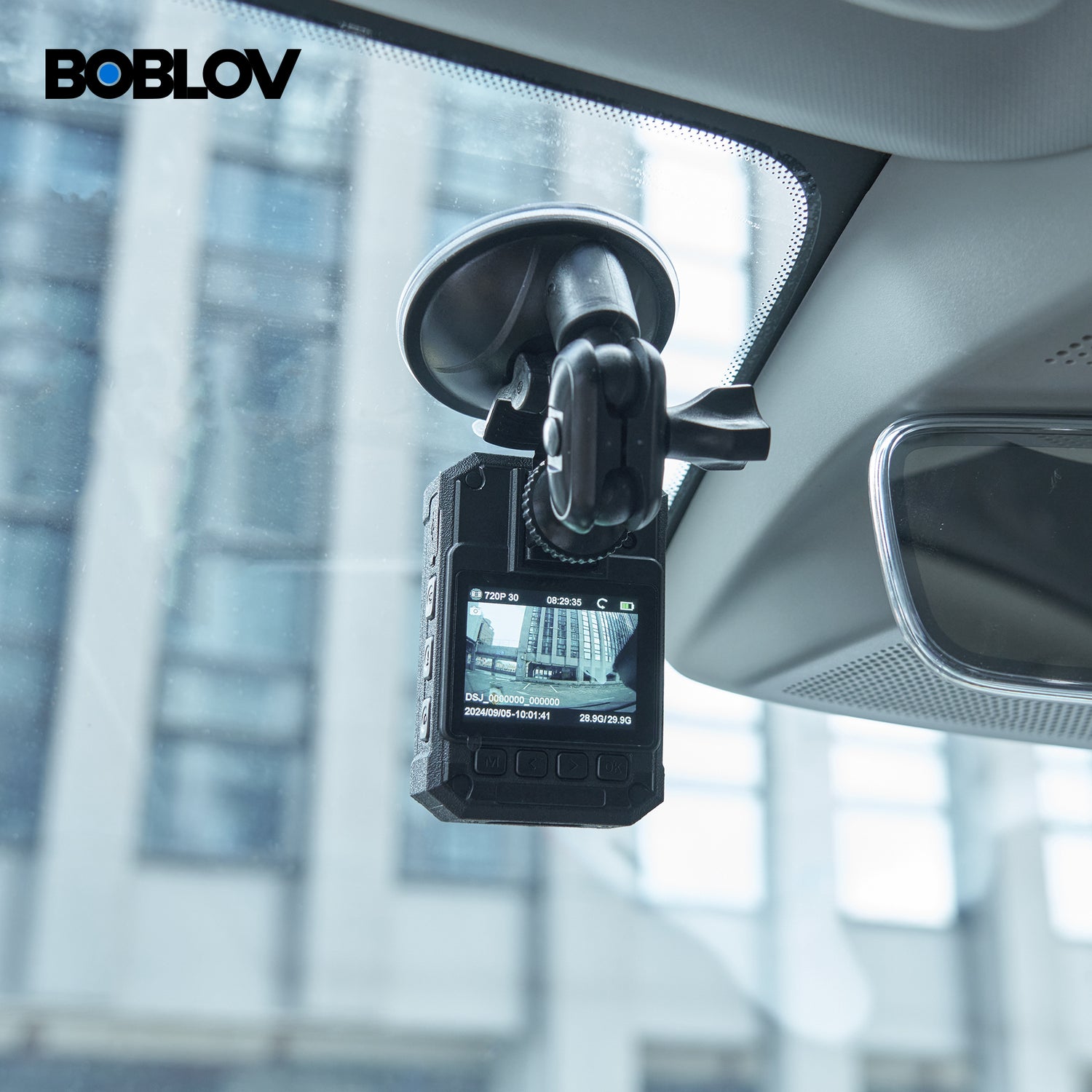Understanding the Demand for Body Cameras in the U.S.
The Role of Body Cameras in Modern Law Enforcement
Body cameras have become essential in U.S. law enforcement. They build trust between police and the public. These cameras record interactions, providing clear evidence. They help in reviewing incidents and officer training. The cams often result in better police conduct. Their footage has been key in many legal cases. This tech is now vital for modern police work.

The Influence of Technological Advancements on Body Camera Adoption
Technological leaps have spurred police body cam use. Features like night vision, improved battery life, and data storage solutions have made them must-haves for the force. Tech trends often lower prices, making advanced cameras more accessible. This has allowed smaller agencies to adopt body-worn cameras as well. With tech growth, we expect wider adoption and newer models hitting the market soon.
Legal and Policy Framework Governing Body Camera Use
The use of body cameras is now framed by specific laws and policies in the U.S. These rules aim to balance transparency, privacy, and security. Key aspects include how data is stored, accessed, and used in trials. Legal standards differ across states and agencies. This results in a complex mix of rules for body camera use. Officers and the public must understand these laws to ensure fair use of this tech.
Analyzing the Cost Dynamics of Body Cameras
Factors Influencing the Price of Body Cameras
-
Type and Quality of Technology:
High-end features drive up costs.
-
Storage and Data Management:
Secure data handling is a costly aspect.
-
Brand and Manufacturer:
Prestige labels often mean higher prices.
-
Durability and Warranty:
Longer lifespans and warranties add to the price.
-
Government Regulations:
Compliance can increase manufacturing costs.
-
Volume of Purchase:
Bulk orders may lower the unit price.
Understanding these factors is key to making informed purchasing decisions for law enforcement agencies.
Cost-Benefit Analysis: Investing in Advanced Body Cameras
The decision to invest in advanced body cameras for police is complex. It involves weighing costs against potential benefits. High-tech body cameras offer more features than basic models. This can lead to improved evidence collection and officer accountability. Yet, they often come with a higher price tag. To assess if the investment is worth it, one must consider various factors. These include the quality of video and audio, storage options, and durability. Ease of use and the camera's ability to integrate with other police tech are also key. A thorough cost-benefit analysis can help departments make informed choices. It ensures that public funds are spent wisely for maximum community safety gains. This analysis often reveals that while upfront costs are greater for advanced models, the long-term ROI can justify the expenditure thanks to enhanced performance and reduced incidents of misconduct.
The Impact of Bulk Purchases and Manufacturer Discounts
Bulk purchases can greatly reduce body camera prices. Buying in bulk, police departments can negotiate discounts. This is due to economies of scale. Manufacturers may offer lower prices for large orders. Discounts can vary based on the order size and the model chosen. Larger orders often mean bigger savings. This helps to manage budgets effectively. Government grants may also support bulk buying programs. It's a smart move for departments with tight funds.
The Future of Body Cameras in Law Enforcement
Innovations Shaping the Evolution of Body Cameras
In the realm of body-worn cameras, innovation does not rest. Cutting-edge tech is key to evolving these devices. We see a host of advancements that promise to reshape the use of body cameras in law enforcement. First, improved battery life is significant, allowing officers longer usage without recharging. Second, higher resolution and better low-light performance make for clearer images, even at night. Enhanced data storage solutions are also on the rise. They promise more footage stored in a smaller, more secure format. Cloud-based storage is gaining traction too, ensuring data integrity and ease of access. Integration with other law enforcement tools is also a focus. This includes linking body cameras with weapons, vehicles, and even drones. Finally, wearable tech is slimming down. This makes devices less cumbersome for officers on duty. These innovations are just the beginning of a technological revolution in law enforcement.
The Potential of AI and Machine Learning in Body Camera Technology
AI and machine learning are changing police body cams. These tools help in many ways:
- They can spot objects or actions in videos.
- They can blur faces to protect privacy.
- They make sorting and tagging videos faster.
- They can help spot trends or risks.
This tech makes body cams smarter and helps police work. It's a big step for law enforcement.
Preparing for the Next Wave of Body Cameras: What's on the Horizon?
As technology marches on, so do the capabilities of body cameras. The next wave is near. Experts are looking at how to make them smarter and easier to use. New designs may be lighter and more robust. They might have better battery life and clearer images. The use of AI is a hot topic too. It could help police review footage faster. But there's more to think about. Such as data security and privacy laws. And how to train officers on the new tech. As we plan for the future, these issues are key. They will shape how body cams evolve. And how they help law enforcement.




